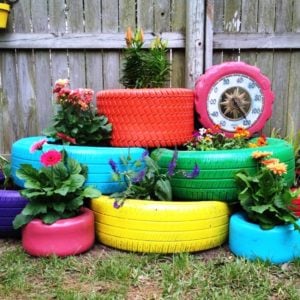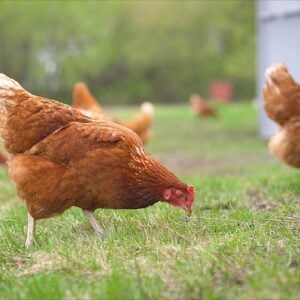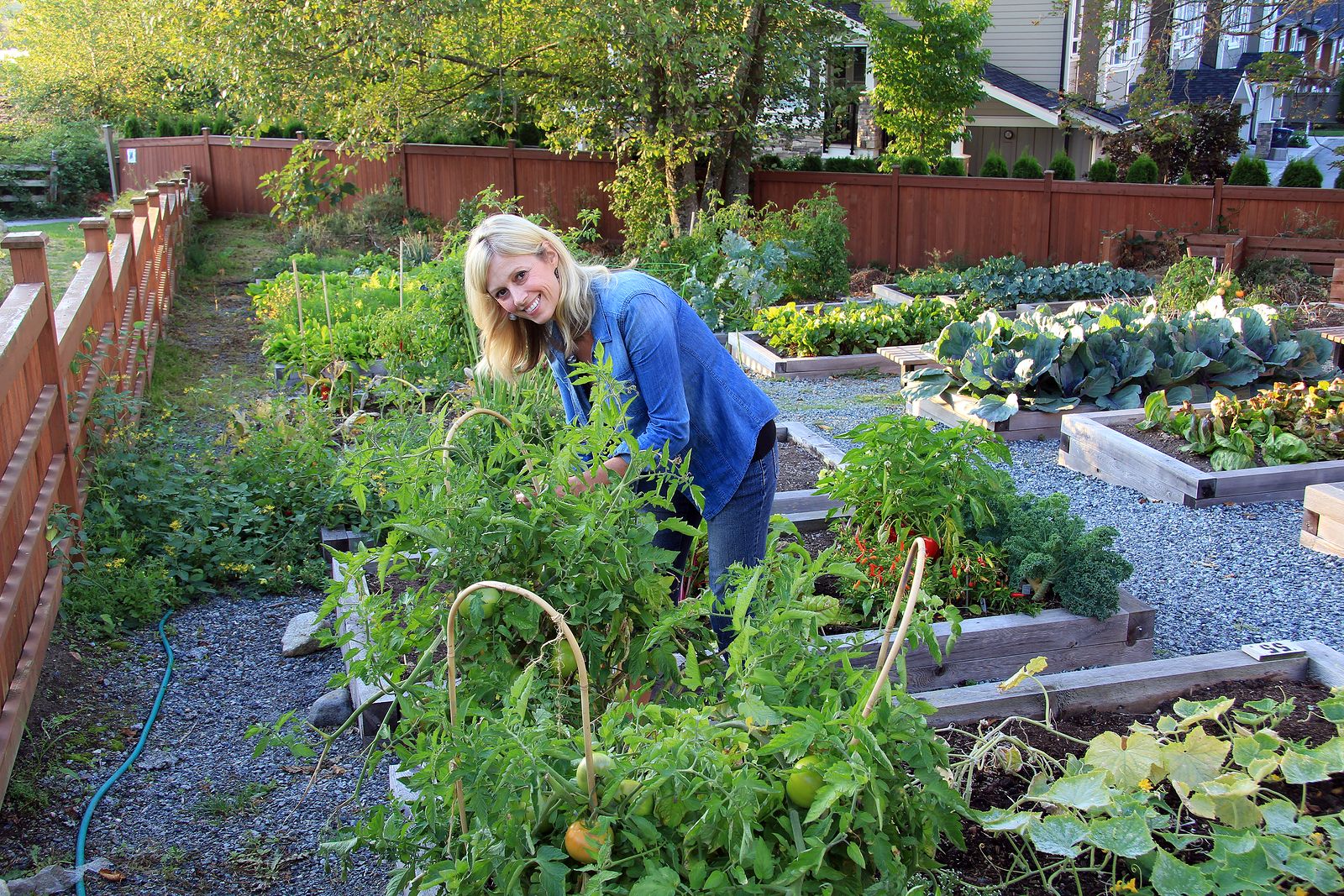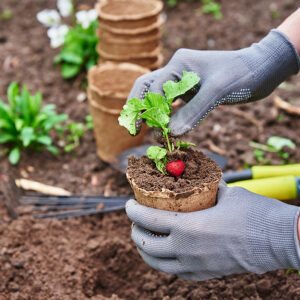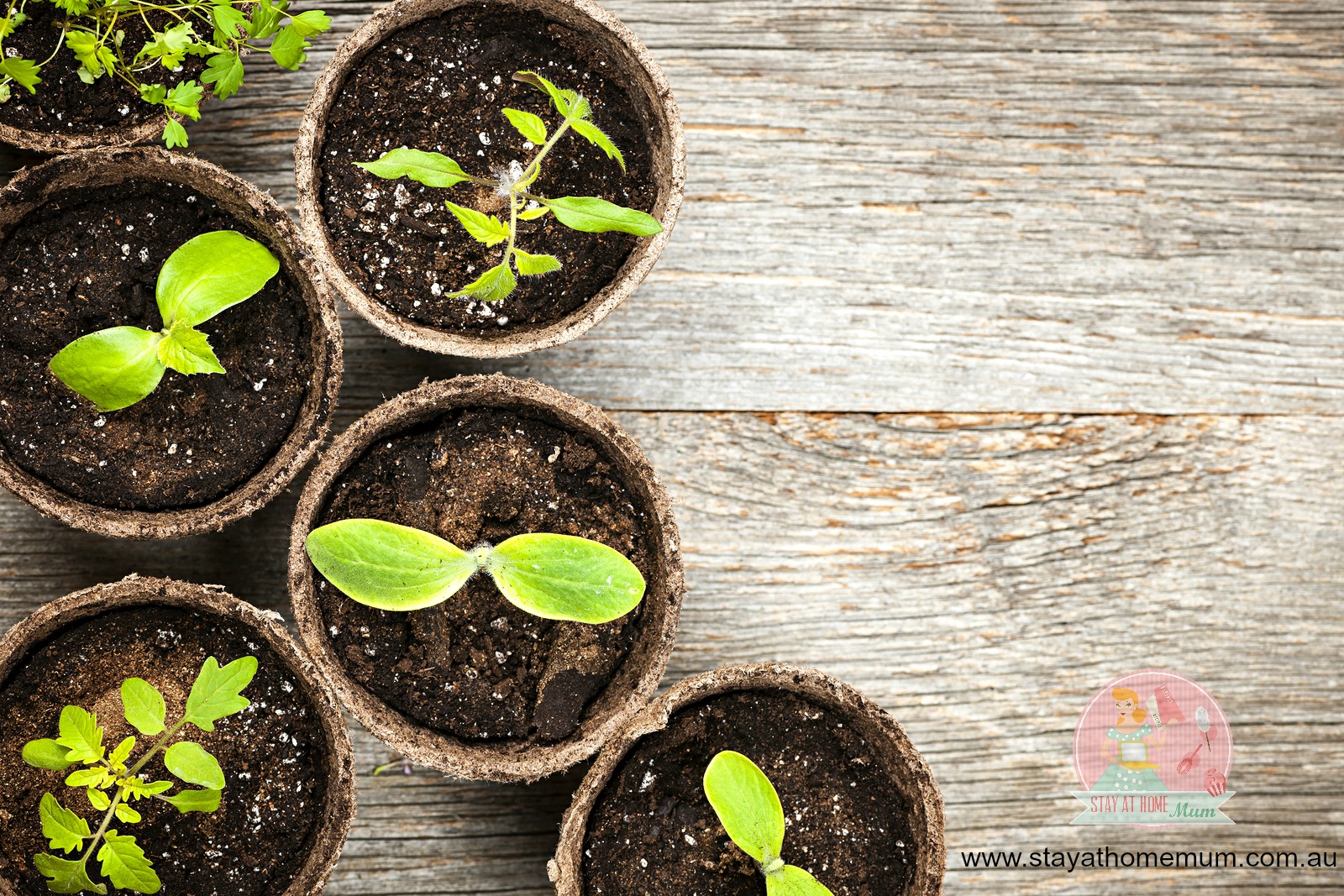
I’m sure we have all been guilty of buying seedlings, taking them home, and putting them straight into the ground only to have them shrivel up and die. Well hopefully this will help solve some of the problems you might be having.
Transplant seedlings on a calm, cloudy day, if possible. Late afternoon is a good time because plants can recover from the shock of transplanting without having to sit in the midday heat and sun.
Make sure to leave the seedlings in their trays in the final position they are to be planted for a few days to make sure they cope with the amount of sun they will get. Make sure you keep them well watered as seedlings dry out quickly. Your garden bed soil should be moist, but not soggy. If the weather has been dry, water the planting area the day before you plant. Also make sure the soil in your seedling trays are moist so the soil stays on the roots of the seedling.

To transplant seedlings, follow these steps:
- Use a trowel to make a small hole in your garden for each seedling. Or if you don’t have one an old tablespoon works well too.
- The hole should be deep enough so the transplant is at the same depth in the ground as it was in the pot (except for tomatoes). Make the hole twice as wide as the root ball.
- Unpot a seedling by turning its pot upside down and cupping the seedling with your hand.
- Be sure to keep the root mass and soil intact. If the seedling doesn’t come out easily, gently tap on the edge of the pot or gently press on the bottom of each cell of the flat with your fingers. Whatever you do, don’t yank out a plant by its stem.
- Check the root ball’s condition.
- If the roots are wound around the outside of the pot, work them loose with your fingers so they can grow out into the soil. Unwind larger roots and break smaller ones (this won’t hurt them) so they all point outward. Try to keep as much of the original soil intact as possible.
- Mix a diluted liquid fertilizer into the soil of the planting hole to help the plants get off to a fast start. I use the cheaper version of thrive as it seems to do the same thing.
- Reduce the recommended strength on the fertilizer container by half.
- Put each prepared seedling into the holes that you made.
- Plant seedlings at the correct depth.
Tomatoes prefer deeper planting. Remove all but the top 3 or 4 sets of leaves, before planting. Tomatoes grow extra roots along the lower portion of their stems and thrive with this treatment. After firming the soil around the roots with your hands, don’t push too hard but make sure everything is well settled in place, form a shallow soil basin around the base of the transplant by building up a little mound of dirt around the seedling.
The soil basin serves as a moat around the seedling to hold water. When you water or when it rains, the moisture stays in the moat and drains to where the roots are located. Depending on the conditions, water the garden bed that day or the next.I like to water new seedlings with a watering can or the sprinkle setting on the hose to be a gentle as possible. If the weather has been dry or if the soil is sandy, you may want to water the entire garden bed; if it’s rainy or the soil is already very wet, wait until tomorrow to water. Keep the garden bed moist while the seedlings get established and begin to grow strongly.
Mulch after the seedlings become well-established. I find pea hay mulch or sugar cane mulch the best as snail don’t like it and will leave you seedlings alone. In extreme hot, dry weather, provide temporary shade for transplants with paper tents or wooden shingles pushed into the ground on the south or west side of the plants.
If you don’t get an ideal transplanting day and the weather is hot and sunny, shade the plants until the sun goes down. And don’t be alarmed if your plants look a little droopy after you set them out; they’ll soon recover. Cabbage seedlings can droop and look almost dead, for example, and be up and growing in a day or two.



 Top 14 Online Adult Shops in Australia
Top 14 Online Adult Shops in Australia  List of Environmentally Friendly Disposable Nappies (and...
List of Environmentally Friendly Disposable Nappies (and...  List of the Best Weight Loss Shake...
List of the Best Weight Loss Shake...  Where to Buy Wholesale Vibrators to Sell...
Where to Buy Wholesale Vibrators to Sell...  Our Honest Bed Threads Review 2021
Our Honest Bed Threads Review 2021 